Figurative language can be a struggle for some students. But this Figurative Language Foldable will help them easily reference the different types so they can more easily figure out what they are dealing with.
With this blog post, you get step by step instructions for making the figurative language foldables, the terms we used, plus the definitions. Read on for all the goodness!

The figurative language foldable works for –
- Test prep or review
- Introductory lessons
- Poetry units or creating books of poems
- Lessons with ANY size group of students
The format of these foldables is very easy one that I’m sure many of us have used in our classrooms. But it’s effective!
Let’s go through the actual steps to make this as easy as possible. You can even project this blog post or let students in partners or small groups reference it as you work!
Step 1: Get Six Pieces of Paper
The figurative language foldable we made contained 12 terms, so we needed six pieces of paper. Decide exactly how many terms you want to determine how many pieces of paper you need. I have done with this both colored paper and white. Use whatever works for you!
Step 2: Line Up the Paper
I lined up the paper so that there was about 1/2 to 3/4 of an inche between each piece. We were using standard 8.5×11 inch paper.
Step 3: Fold the Paper and Staple
Fold your paper in half. Line up the two middle pieces so they have the same spacing as the puzzles in step #2. If using different colored paper like the example, these two pages are the hardest to flip since they are the same color. We found 2-3 staples to be effective.
Step 4: Write!
You are now ready to write out any of the figurative language terms and definitions. Keep reading below to see what we used. Or you can use the terms/definitions based in your state standards, textbooks, or simply what you want kids using!
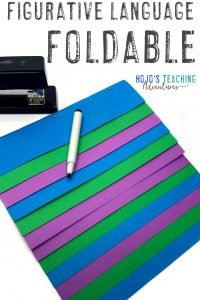

Step 5: Enjoy and Reference!
Students can now use this figurative language foldable to help them reference the various terms throughout the school year. I found that they typically referenced them less and less as the year went on because they were learning them. #Winning
Figurative Language Foldable Terms and Definitions
- Title – Figurative Language by Student’s Name
- idiom – a phrase or expression that means something different from what the word actually says (“over his head” “hang in there”)
- onomatopeia – the use of a word whose sound suggests it meaning (“clang” “buzz”)
- jargon – language used in a certain profession or by a particular group of people. (computer jargon – CPU, ram, bit byte)
- imagery – words and phrases that create high sensory experiences for the reader – these show what you mean, they do not just tell it in a boring way
- symbolism – in literature, the serious and extensive use of symbols (Roman Numerals, skull & bones=danger, + = / x)
- simile – a comparison of two unlike things in which a word of comparison (like or as) is used (She stood shaking like a freshly caught trout when she got in trouble.)
- metaphor – a figure of speech that makes a comparison between two things that are basically different but have something in common – unlike simile, metaphors do not use like or as (The apple of my eye. He has a heart of stone.)
- personification – a form of metaphor in which language relates to human action, motivation, and emotion is used to refer to abstract concepts (The weather is smiling on us today. Love is blind.)
- alliteration – the repetition of initial consonant sounds in words (rough and ready – Willy washes windows with Waldo)
- slang – very informal usage in vocabulary and idiom that is characteristically more playful or vivid than ordinary language
- dialect – a particular varieety of language spoken in one place by a distict group of people (y’all in the south)
You can add any other terms your students need to know as well. That’s the great part about this activity! The figurative language foldable is as diverse as you want or need it to be.
Ready to quiz your students on their figurative language skills? Grab this editable circle puzzle, type in the words to match to the terms you want your students using, cut, and pass them out!
Want a more “fun” shape than just a puzzle? You have lots of great editable puzzle options to choose from here.
Looking for puzzles that are already done? Click on any of the images below to add each one to your shopping cart.
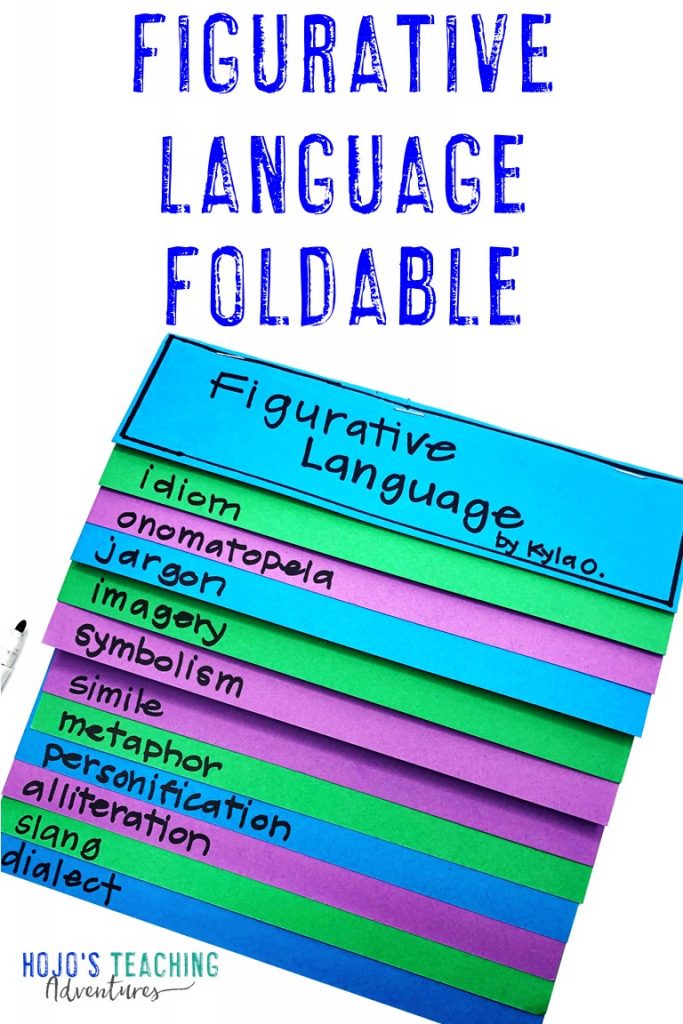
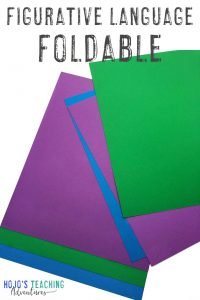

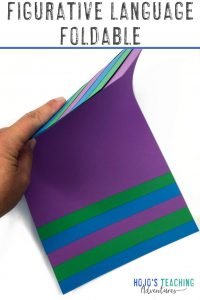
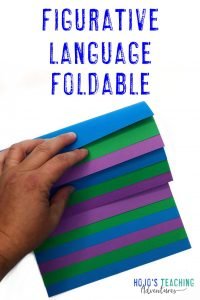

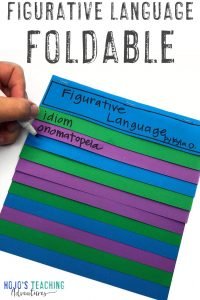
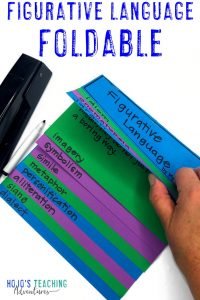
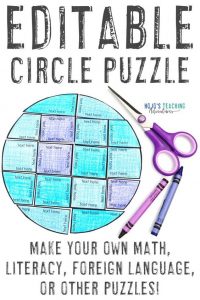
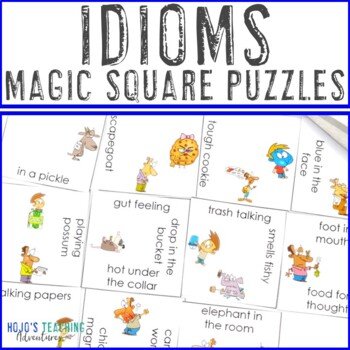

This is a great foldable! Flipbooks are can be used for so many things. I like to use them for story elements.
Lori
Conversations in Literacy
I discovered foldables last year… and I'm in LOVE. The ideas are endless. Thanks for sharing this one… I can add it to my collection.
Addie
Teacher Talk
Thank you very much for this usefull information! I really understand the topic now! chinese translation